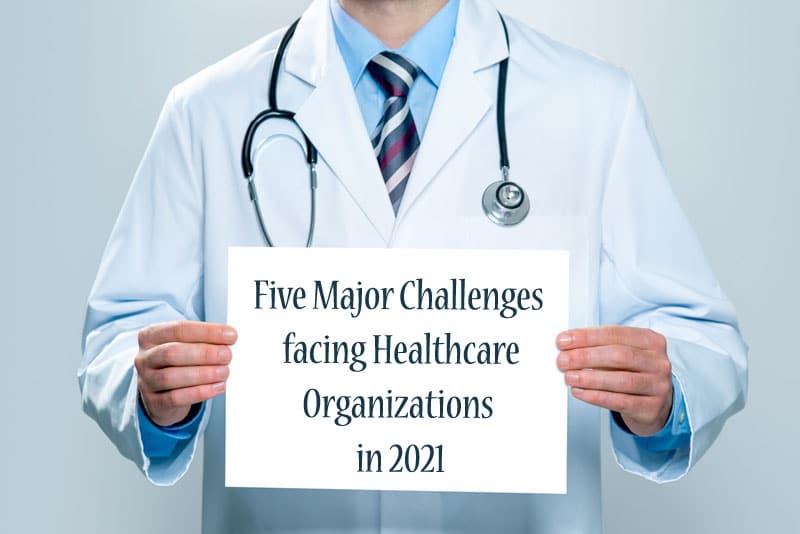Healthcare providers are relying on technology to speed up their clinical documentation process and thereby address the increasing healthcare demands. Mobile transcription apps are one such technological development. The advantages of using such apps are that
- Clinicians can use them at any time
- You don’t require much technical training to use them
- Improved documentation times
- Clinician time savings
However, the accuracy of documentation is still doubtful even though several technological advancements are evolving.
Mobile transcription apps come under speech recognition technology in which the healthcare provider uploads the audio recordings into the apps which process the audio data into relevant documentation. The major challenges about doing ‘mobile-based’ transcription are:
- Certain speech recognition apps may have difficulty in understanding specific accents. As a result, the report may have wrong words and incorrect data will be sent to clinicians, and the diagnosis and treatment may go wrong. Keywords may be omitted, and that could alter the meaning of a sentence (for example, ‘yes’ or ‘no’). Sometimes, centimeters are replaced with millimeter, which can result in adverse effects, especially in the case of medication dosage.
- The apps may not have the ability to recognize grammatical errors. Such kind of errors can cause comprehension issues with reports.
However, innovative technologies can make transcription applications smarter and more interpretive to overcome these challenges. A system of user profiling is now available which can learn the style and voice of a particular healthcare professional. This system learns to adapt to individual users according to their habits or preferences fed back into a profile established earlier. Advanced features including vocabularies sorted by physician specialty and regional accent wizards can also be built into a profile. However, even with the most advanced transcription apps, clinicians can still encounter the following challenges.
- A noisy environment can cause physicians’ spoken words to get mixed with other noises so that the apps can’t recognize what is actually said and generate wrong data. Sometimes, the physician’s voice style may change due to cold or some other health issues. This will also hinder the app from recognizing the correct words.
- Physicians can make mistakes that may not be recognized by the apps since they simply transcribe what is said in the dictation. For example, the physician may say ‘wound in the left arm’ for ‘wound in the right arm’ inadvertently and the app will record it as ‘wound in the left arm’, which is wrong. Sometimes, clinicians may imply something more than what they say in words and the app is not capable of interpreting that information.
This is why human intervention is important to ensure the accuracy of transcribed documentation.
Importance of Healthcare Documentation Specialists
A draft of the transcribed documents can be sent to healthcare documentation specialists along with the voice files so that they can listen to them and correct the errors. Healthcare documentation specialists comprising medical editors and QA reviewers can ensure accuracy in the following ways.
- They can proofread the document to check for inconsistencies, omissions and grammatical mistakes.
- As they are well-versed in medical metrics, they know what drugs work for what indication, the most appropriate context for homonyms (for example, mucous/mucus), age-relative ailments and common laboratory values so that they can easily understand what is actually meant by the clinician.
- They also interact with physicians to correct doubtful terms and expressions, and use various technologies and resources to produce complete and accurate reports.


